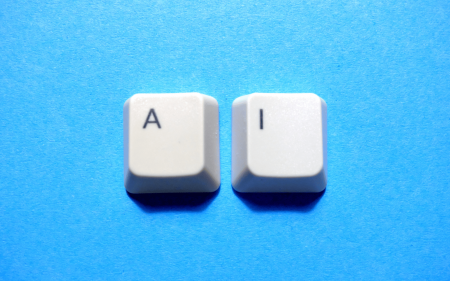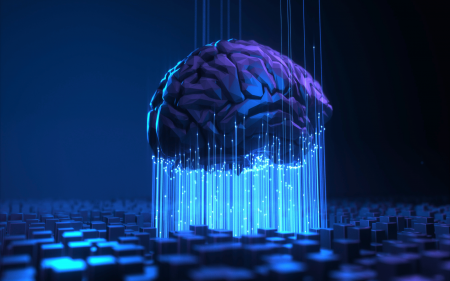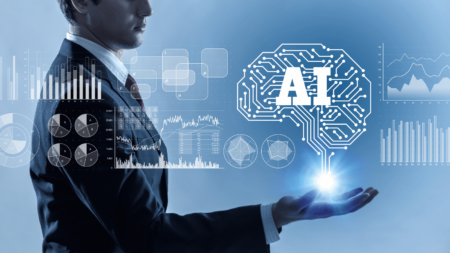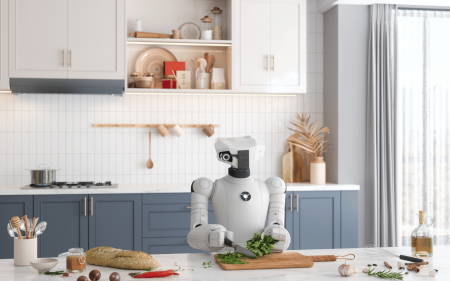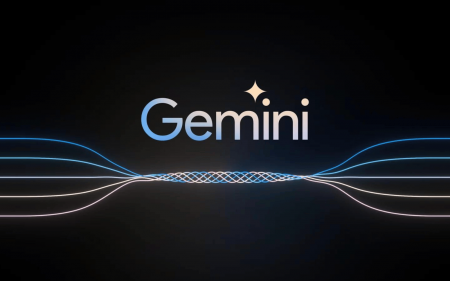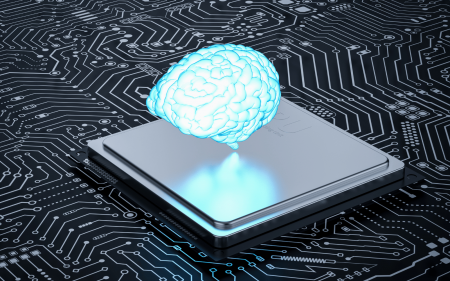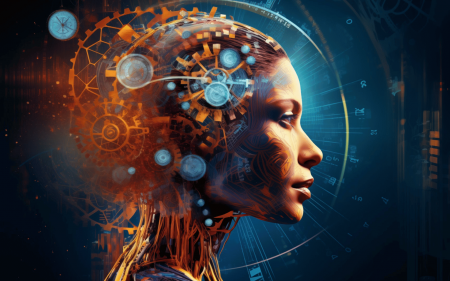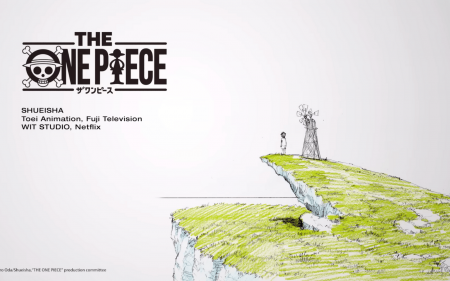2023 was an inflection point in the evolution of artificial intelligence and its role in society. The year saw the emergence…
Browsing: AI
Cambridge Dictionary picked “hallucinate” as its word of the year for 2023. It’s not a throwback to the acid-popping sixties,…
Future historians may well regard 2023 as a landmark in the advent of artificial intelligence (AI). But whether that future…
Artificial intelligence is poised to upend much of society, removing human limitations inherent in many systems. One such limitation is…
Google Deepmind has recently announced Gemini, its new AI model to compete with OpenAI’s ChatGPT. While both models are examples of “generative AI”,…
A supercomputer scheduled to go online in April 2024 will rival the estimated rate of operations in the human brain, according…
Tesla has recalled 2 million US vehicles over concerns about its autopilot function. Autopilot is meant to help with manoeuvres such…
Do you know what the world needs more of this morning? That’s right — AI. TomTom and Microsoft announced a…
In 2023, artificial intelligence (AI) truly entered our daily lives. The latest data shows four in five teenagers in the United Kingdom…
Yay! Even more AI! If you thought 2024 would bring the downfall of this year’s favourite keyword, think again. Nearly every company…

